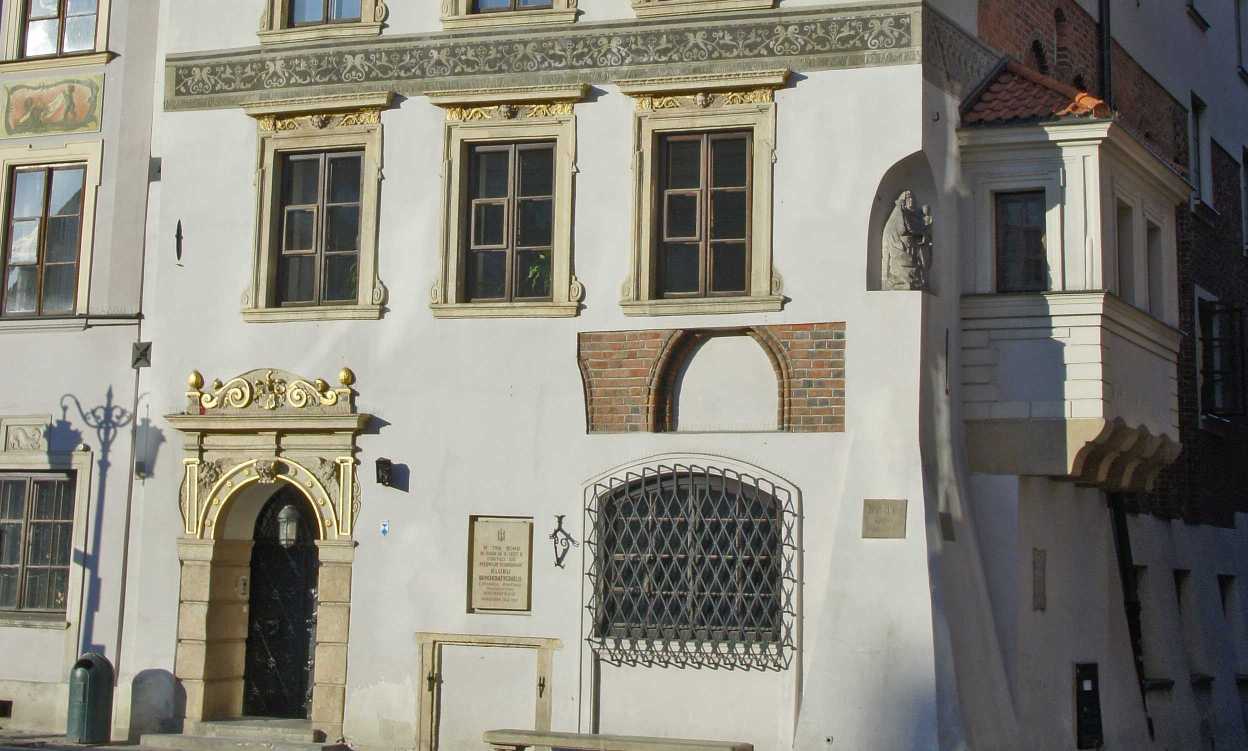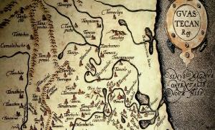Persistent Item
Canonical URL http://www.cidoc-crm.org/cidoc-crm/E77_Persistent_Item
Byt trwający w czasie
Entidade Persistente
Entité persistante
Persistent Item
Seiendes
Ον
Постоянная Сущность
持续性项目
This class comprises items that have a persistent identity, sometimes known as “endurants” in philosophy. They can be repeatedly recognized within the duration of their existence by identity criteria rather than by continuity or observation. Persistent Items can be either physical entities, such as people, animals or things, or conceptual entities such as ideas, concepts, products of the imagination or common names. The criteria that determine the identity of an item are often difficult to establish -; the decision depends largely on the judgement of the observer. For example, a building is regarded as no longer existing if it is dismantled and the materials reused in a different configuration. On the other hand, human beings go through radical and profound changes during their life-span, affecting both material composition and form, yet preserve their identity by other criteria. Similarly, inanimate objects may be subject to exchange of parts and matter. The class E77 Persistent Item does not take any position about the nature of the applicable identity criteria and if actual knowledge about identity of an instance of this class exists. There may be cases, where the identity of an E77 Persistent Item is not decidable by a certain state of knowledge. The main classes of objects that fall outside the scope the E77 Persistent Item class are temporal objects such as periods, events and acts, and descriptive properties.
| Property | Expected type | Definition |
|---|---|---|
| P123i_resulted_from |
E81_Transformation
|
|
| P124i_was_transformed_by |
E81_Transformation
|
|
| P12i_was_present_at |
E5_Event
|
|
| P92i_was_brought_into_existence_by |
E63_Beginning_of_Existence
|
|
| P93i_was_taken_out_of_existence_by |
E64_End_of_Existence
|
|
| Property | On types | Definition |
| P123_resulted_in |
E81_Transformation
|
This property identifies the E77 Persistent Item or items that are the result of an E81 Transformation.
New items replace the transformed item or items, which cease to exist as units of documentation. The physical continuity between the old and the new is expressed by the link to the common Transformation.
|
| P124_transformed |
E81_Transformation
|
This property identifies the E77 Persistent Item or items that cease to exist due to a E81 Transformation.
It is replaced by the result of the Transformation, which becomes a new unit of documentation. The continuity between both items, the new and the old, is expressed by the link to the common Transformation.
|
| P12_occurred_in_the_presence_of |
E5_Event
|
This property describes the active or passive presence of an E77 Persistent Item in an E5 Event without implying any specific role.
It connects the history of a thing with the E53 Place and E50 Date of an event. For example, an object may be the desk, now in a museum on which a treaty was signed. The presence of an immaterial thing implies the presence of at least one of its carriers.
|
| P92_brought_into_existence |
E63_Beginning_of_Existence
|
This property allows an E63 Beginning of Existence event to be linked to the E77 Persistent Item brought into existence by it.
It allows a “start” to be attached to any Persistent Item being documented i.e. E70 Thing, E72 Legal Object, E39 Actor, E41 Appellation, E51 Contact Point and E55 Type
|
| P93_took_out_of_existence |
E64_End_of_Existence
|
This property allows an E64 End of Existence event to be linked to the E77 Persistent Item taken out of existence by it.
In the case of immaterial things, the E64 End of Existence is considered to take place with the destruction of the last physical carrier.
This allows an “end” to be attached to any Persistent Item being documented i.e. E70 Thing, E72 Legal Object, E39 Actor, E41 Appellation, E51 Contact Point and E55 Type. For many Persistent Items we know the maximum life-span and can infer, that they must have ended to exist. We assume in that case an End of Existence, which may be as unnoticeable as forgetting the secret knowledge by the last representative of some indigenous nation.
|
| predicate | object |
|---|---|
| comment |
"This class comprises items that have a persistent identity, sometimes known as “endurants” in philosophy.
They can be repeatedly recognized within the duration of their existence by identity criteria rather than by continuity or observation. Persistent Items can be either physical entities, such as people, animals or things, or conceptual entities such as ideas, concepts, products of the imagination or common names.
The criteria that determine the identity of an item are often difficult to establish -; the decision depends largely on the judgement of the observer. For example, a building is regarded as no longer existing if it is dismantled and the materials reused in a different configuration. On the other hand, human beings go through radical and profound changes during their life-span, affecting both material composition and form, yet preserve their identity by other criteria. Similarly, inanimate objects may be subject to exchange of parts and matter. The class E77 Persistent Item does not take any position about the nature of the applicable identity criteria and if actual knowledge about identity of an instance of this class exists. There may be cases, where the identity of an E77 Persistent Item is not decidable by a certain state of knowledge.
The main classes of objects that fall outside the scope the E77 Persistent Item class are temporal objects such as periods, events and acts, and descriptive properties. "@en
|
| label |
"Byt trwający w czasie"@pl
"Entidade Persistente"@pt "Entité persistante"@fr "Persistent Item"@en "Seiendes"@de "Ον"@el "Постоянная Сущность"@ru "持续性项目"@zh |
| type |
owl:Class
|
| subClassOf |
E1_CRM_Entity
|

